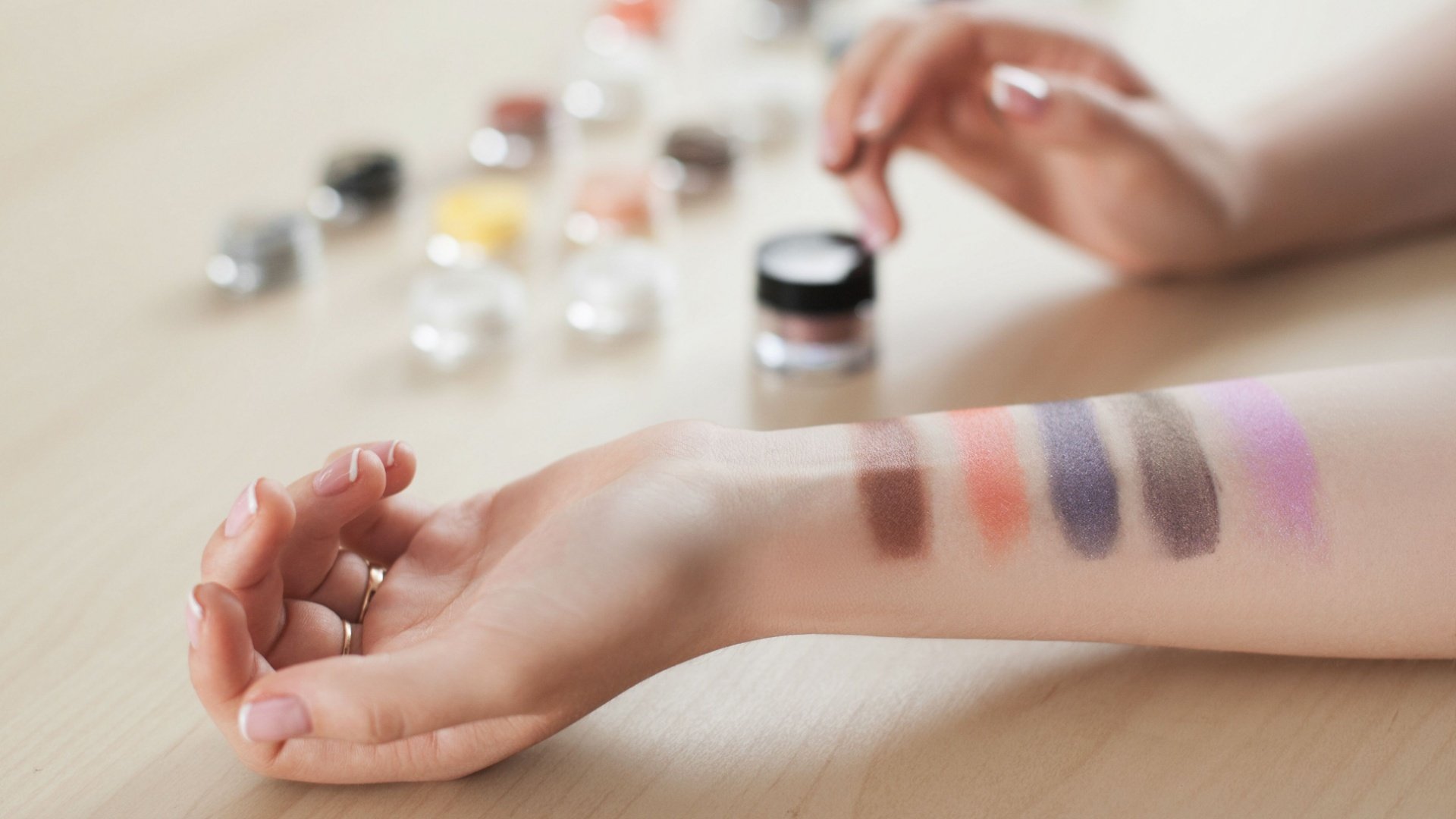Have you figured out the perfect costume idea to wear this Halloween? Besides getting to the store early to pick out your supplies, we have one important advance-notice life hack: Patch test anything you plan to slather all over your—or your kid’s—face.
Irritating or allergenic ingredients are common in cosmetics of all kinds, and everybody’s skin is different. A lipstick that doesn’t bother your friend might make your lips raw and puffy. (Arguably you should patch-test all your cosmetics, although many of us don’t bother.) Halloween makeup is a special concern because it’s usually something you haven’t used before, and in many cases you’re planning to spend a whole evening with the stuff all over your face.
There are different ways to do a patch test, depending on what problem you’re trying to solve. For example, you can do a multi-item patch test at a dermatologist’s office to try to narrow down the cause of an allergy or ongoing issue; that’s not what we’re doing here. For skincare products that you’ll apply daily, you can follow these guidelines from the American Academy of Dermatology that involve applying the product for several weeks. But for a Halloween makeup look, you just need to know how your skin will handle a day’s worth of contact with the product.
How to patch-test Halloween makeup
Apply a small amount of the makeup to the inside of your forearm or elbow, or to another area where skin tends to be sensitive but also not too noticeable. (Other options: the side of your neck, or behind your ear.) Leave it there for 24 hours or as long as possible. Cover it with a bandage if you’re worried about smearing. Check the area for any redness, swelling, itching, or discomfort.
And that’s it. If the makeup irritates your skin, you shouldn’t wear it. If the makeup is for a kid, make sure you test it on their skin—just because something is fine on your own elbow doesn’t mean it’s all clear for someone else. Remember, people are different. You can also develop an allergy or sensitivity to something you’ve worn without issue in the past.
For extra assurance that your makeup won’t cause problems, check the ingredients against the FDA’s list of allowed color additives in cosmetics,. Note that there is a column for “eye area,” indicating whether or not the product is considered safe to use around the eyes. Many ingredients that are approved for skin on the face are not approved for use around the eyes, since the eyes can be more sensitive.
For more advice on protecting your eyes, the Optometrists Network also recommends following package instructions carefully, looking for hypoallergenic products, and avoiding eye glitter “at all costs.” Shimmery eyeshadow is their pick for getting some sparkle around your eyes—and you might want to test that, too.
